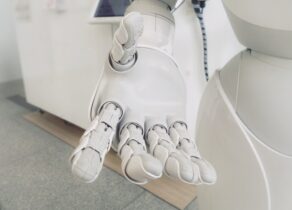As we move toward our future, we increasingly notice two concepts that have always been at odds: data and computing power. This rift runs as follows: we have more data than we can process, while much of that data remains subpar for processing.
Data and computing power have been such that the data we have has always been more than the data we can process, and the data we have is not always the best data to be processing. We are reaching the point where these two issues are starting to blur.
First, we are creating computers that have the ability to process the vast amounts of data that we are now creating. Second, we are creating synthetic data that may not be “real.” However, if it’s “authentic,” the users may prefer it. Let’s discuss these two topics and how they will interact in the future.
Rise of the Machines
A new class of computers is emerging that stretches the boundaries of problems that they have the capability to solve. These new devices from three defined areas are pushing aside the limits of Moore’s Law and creating a new computing capability curve.
Companies and industries have always been defined by their limitations, the currently unsolvable problems. However, these new machines may help companies solve and move beyond the presently unsolvable.
These ongoing challenges define the boundaries of companies and their core products, services, and overall strategies at any time. For decades, the financial services industry has operated under the assumption that predicting the movement of the stock market and accurately modeling market risk is either hard or impossible to do, but it may not be in the near future.
When combined, there are emerging technologies that can potentially make these core challenges achievable. With quantum computing as the next level of problem-solving, combined with high-performance computers (HPCs) or massive parallel processing supercomputers (MPPSCs), the ability to use never-before-seen swaths of data becomes possible.
As business leaders, we must create partnerships and inroads to understanding the latest technological developments in the computing field and in our industry at large. This creative process includes experimentation and the design of a skills pipeline that will lead to future success.
Read the full article here.






